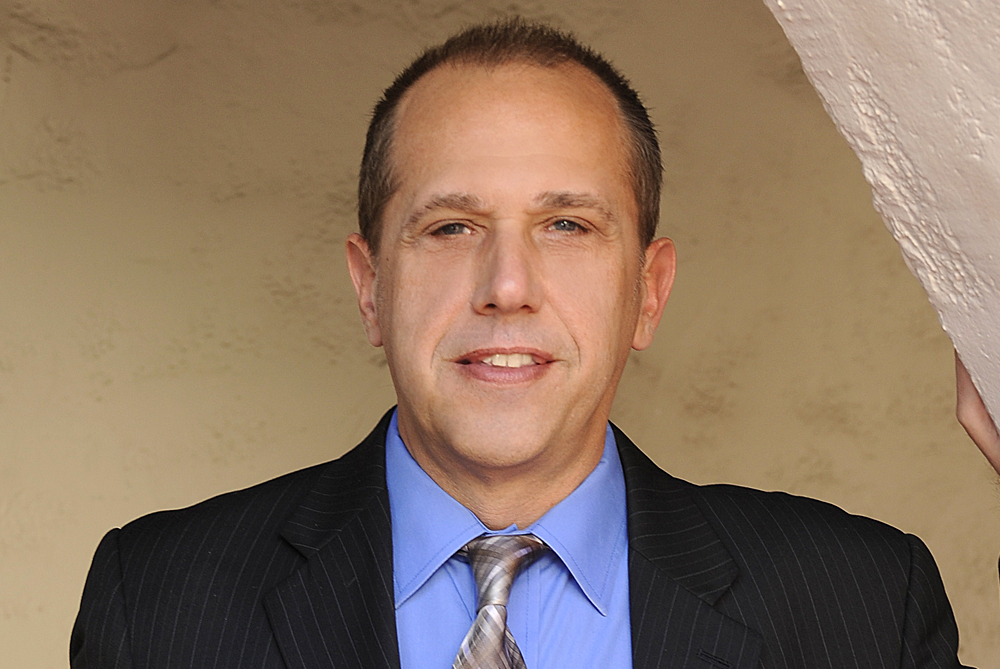In the realm of workplace dynamics, understanding what constitutes sexual harassment is paramount for fostering a safe and inclusive environment. The Myers Law Group, APC, aims to provide clarity on this complex issue. While delineating scenarios that may or may not qualify as sexual harassment is crucial, let’s delve deeper into the intricacies.
What Constitutes Sexual Harassment?
Sexual harassment encompasses a broad spectrum of behaviors that create a hostile, intimidating, or offensive work environment based on an individual’s sex or gender. It can manifest in various forms, ranging from explicit verbal or physical advances to subtle yet pervasive actions that undermine an individual’s dignity and well-being.
Defining Singular and Trivial Behavior
It’s essential to distinguish between isolated incidents and persistent behavior patterns. While a solitary off-color remark or a harmless compliment may not inherently constitute sexual harassment, context is key. If such comments escalate, creating a pervasive atmosphere of discomfort or hostility, they could indeed cross the threshold into harassment territory.
Consensual Behavior and Its Implications
The notion of consent is another crucial aspect often overlooked in discussions about workplace harassment. While consensual relationships between colleagues are not inherently problematic, issues may arise when power differentials come into play. Employers must establish clear policies regarding workplace relationships to mitigate potential conflicts of interest and ensure a fair and respectful work environment for all employees.
Understanding the Scope of Workplace Harassment
Workplace harassment isn’t confined to the physical premises of the office. It can occur during off-site events, business trips, or even in digital spaces. Employers bear a responsibility to address and prevent harassment in all its forms, regardless of where or how it occurs.
Choosing an Employment Law Attorney Recovering Damages in an Employment Law ClaimRelated Videos
Recognizing Signs of Harassment
Identifying harassment can be challenging, especially when the behavior is subtle or veiled. Employees should be vigilant and aware of red flags, such as unwelcome physical contact, differential treatment based on gender, or a pervasive culture of intimidation and bullying. Creating an open dialogue and fostering a culture of trust can empower individuals to speak up and seek recourse when faced with harassment.
Addressing Harassment Beyond the Workplace
The impact of workplace harassment often extends beyond the confines of the office. Individuals may experience psychological distress, diminished job satisfaction, and impaired performance as a result of harassment. Moreover, harassment can spill over into employees’ personal lives, affecting their well-being and relationships outside of work. Recognizing the pervasive nature of harassment underscores the importance of proactive measures to prevent and address it effectively.
Employer Responsibilities and Legal Obligations
Employers have a legal obligation to provide a work environment free from harassment and discrimination. This includes implementing robust anti-harassment policies, conducting regular training sessions, and promptly investigating and addressing complaints of harassment. Failure to take appropriate action in response to harassment allegations can expose employers to legal liability and damage to their reputation.
Empowering Employees to Speak Up
One of the biggest barriers to addressing workplace harassment is the fear of retaliation. Many individuals hesitate to report harassment for fear of jeopardizing their job security or facing backlash from their colleagues or superiors. Employers must take proactive steps to create a culture where employees feel safe and supported in coming forward with complaints of harassment. This may involve establishing anonymous reporting mechanisms, providing access to confidential counseling services, and ensuring non-retaliation policies are strictly enforced.
Results
The Role of Allies and Bystanders
Combatting workplace harassment requires collective action from all members of the organization. Allies and bystanders play a crucial role in challenging inappropriate behavior, supporting victims, and holding perpetrators accountable. By speaking out against harassment and offering support to those affected, allies can help shift the culture towards one of respect and inclusion.
Educating the Workforce
Education is key to preventing workplace harassment. Employers should prioritize ongoing training and awareness programs to educate employees about what constitutes harassment, how to recognize it, and what steps to take if they experience or witness it. Training sessions should be interactive, engaging, and tailored to the specific needs of different employee groups.
Addressing Intersectional Forms of Harassment
It’s important to recognize that harassment can intersect with other forms of discrimination — such as racism, ableism, or homophobia. Individuals who belong to marginalized groups may be disproportionately affected by harassment and face additional barriers to seeking recourse. Employers must adopt an intersectional approach to addressing harassment, acknowledging the unique challenges faced by individuals with intersecting identities and ensuring their voices are heard and respected.
Creating a Culture of Accountability
Building a culture of accountability is essential for preventing and addressing workplace harassment effectively. Employers must hold all employees, regardless of their position or seniority, accountable for their behavior and adherence to company policies. This may involve implementing disciplinary measures for offenders, conducting regular audits of workplace culture, and fostering transparency and accountability at all levels of the organization.
Supporting Victims and Providing Resources
Victims of workplace harassment often require support and resources to navigate the aftermath of their experiences. Employers should provide access to counseling services, legal assistance, and other forms of support to help victims cope with the emotional and practical consequences of harassment. Additionally, employers can offer flexible work arrangements or temporary reassignments to ensure victims feel safe and supported in their workplace environment.
Advocating for Policy Change
Addressing workplace harassment requires a multi-faceted approach that includes advocacy for policy change at the organizational, regional, and national levels. Employers can play a pivotal role in advocating for stronger legal protections for victims of harassment, supporting legislative initiatives that promote workplace equality and accountability, and collaborating with industry associations and advocacy groups to drive systemic change.
Fighting for a Fairer California
If you’ve experienced sexual harassment in the workplace, you don’t have to face it alone. The Myers Law Group, APC, is here to help you understand your rights, navigate the legal process, and seek justice. Our experienced team of attorneys has a proven track record of advocating for victims of workplace harassment.
Don’t let harassment go unchecked. Contact us today to schedule a confidential consultation and take the first step towards reclaiming your dignity and protecting your rights. With The Myers Law Group, APC, by your side, you can fight back against harassment and create a safer, more respectful work environment for yourself and your colleagues.










